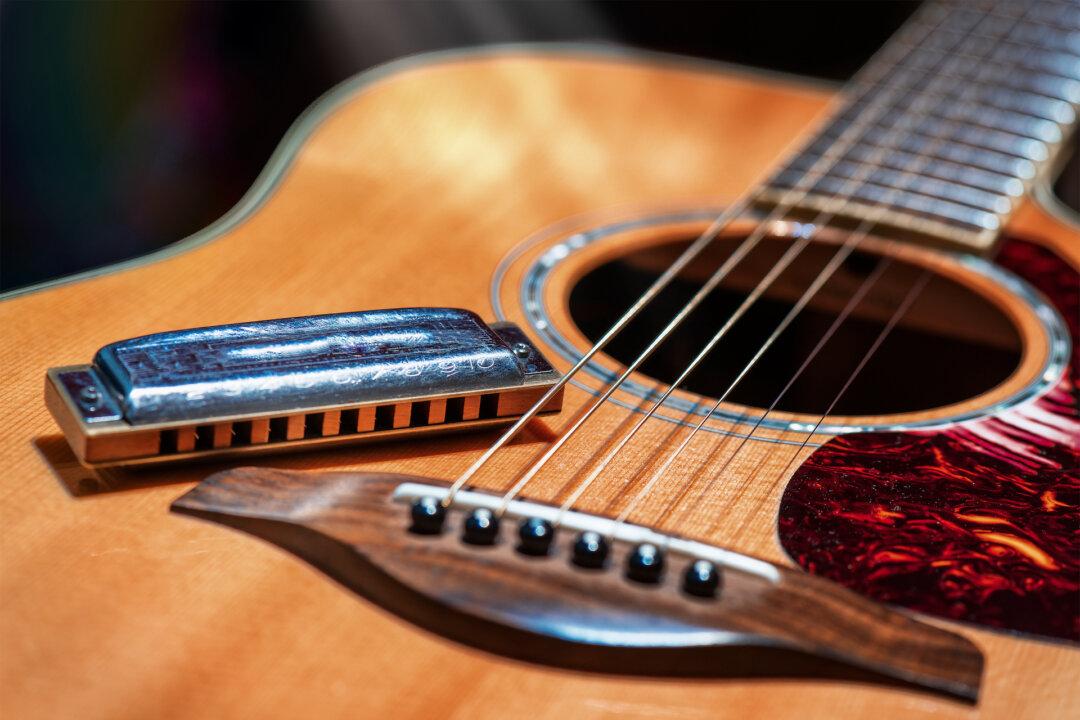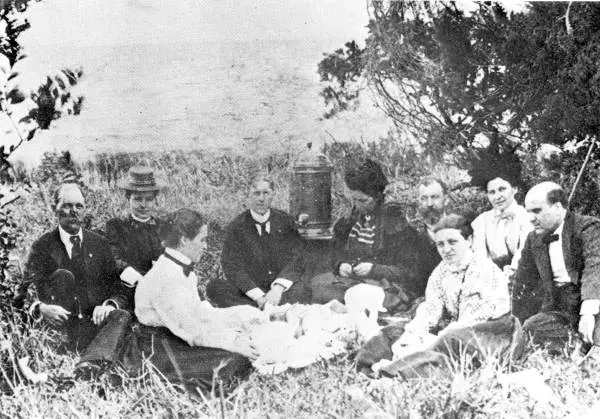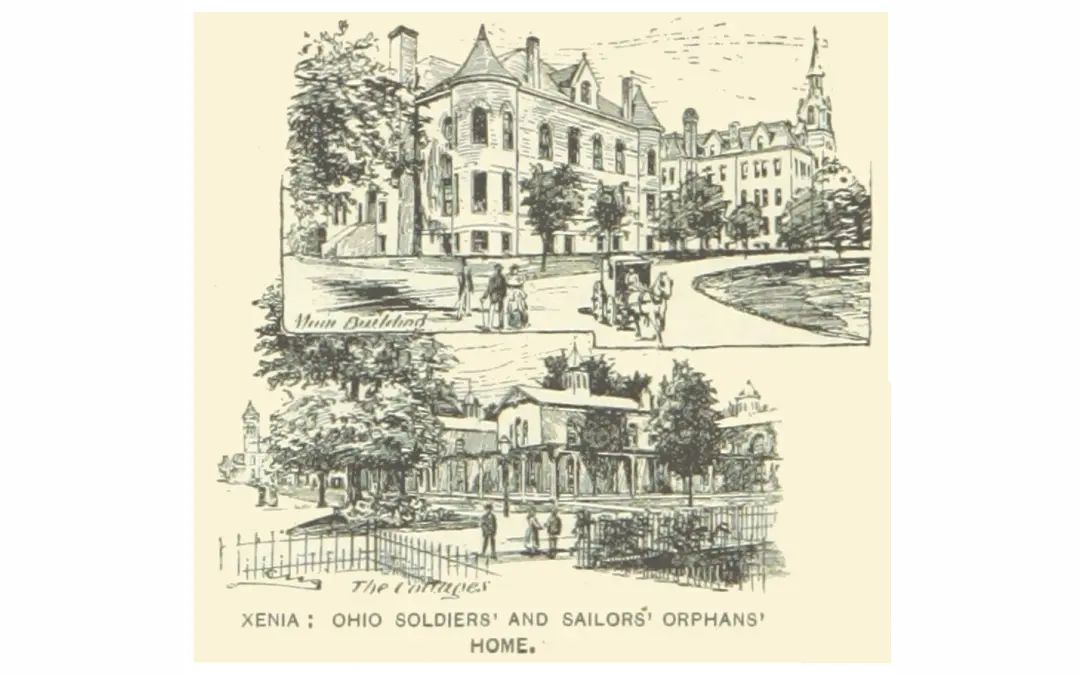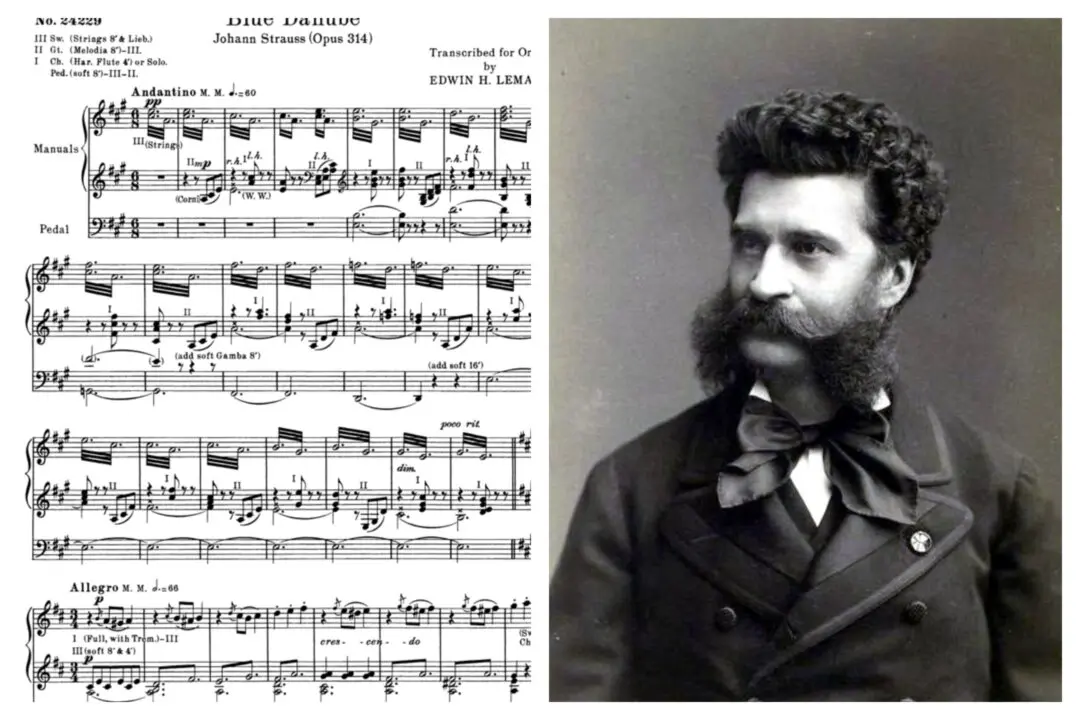Spain has a rich cultural heritage. It is the country that produced two titans in the fields of literature and art: Miguel de Cervantes, author of “Don Quixote,” and the painter Diego Velázquez. When one is listing great composers, though, Spanish ones don’t usually come to mind—except where classical guitar is concerned.
The guitar has long been popular in Spain and South America, so much so that it is virtually the national (or continental) instrument of these places. Not surprisingly, it is Spanish-speaking countries that are responsible for most of the innovations on the guitar. Until the 19th century though, it was used almost exclusively for performing popular songs and dance tunes. Because of these folk associations, guitar music (and Spanish music more generally) was for a long time not very well known in wider Europe.





